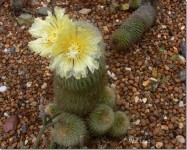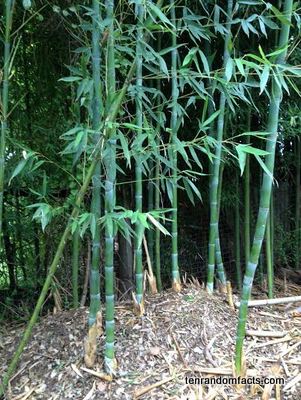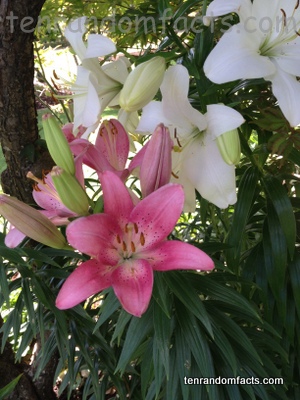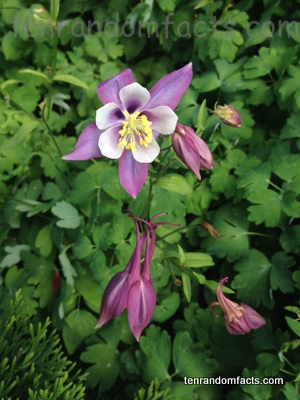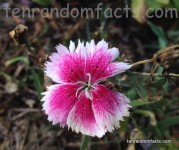
Smell the sweet fragrance of dianthus.
- ‘Dianthus’ are also known as ‘carnations’, ‘pinks’ or ‘sweet williams’, although these terms are more specific to certain species.
- The dianthus genus, includes 300 species of perennial plants with beautiful flowers.
- Dianthus comes from the family Caryophyllaceae, the pink or carnation family.
- Dianthus are native to Europe or Asia, but a select quantity of species can be found in either North America or Africa.
- Dianthus flowers are five-petalled, and they are generally frilled or serrated on the edge, hence the common name ‘pink’ (not a reference to the colour).
- Dianthus flowers are typically patterned in shades of pink but can also be white, purple, yellow, orange or red in colour.
- Dianthus flower from spring through to autumn, and some species have a sweet smell of spice.
- ‘Dianthus’ comes from the Greek words for ‘of Zeus’ (a god in Greek mythology) and ‘flower’, ‘dios’ and ‘anthos’ respectively.
- Dianthus plants grow between 10 cm (4 inches) and 1.5 metres (5 feet) in height, and often have grey or blue-green foliage
- Dianthus are often used for cut or decorative purposes, and more than 100 species have earned the Award of Garden Merit from the Royal Horticultural Society in the United Kingdom.
Bibliography:
Dianthus, 2013, Wikipedia, http://en.wikipedia.org/wiki/Dianthus
Mackey B, Dianthus, Carnations, Pinks, 2014, HowStuffWorks, http://home.howstuffworks.com/define-dianthus-carnation-pinks.htm





